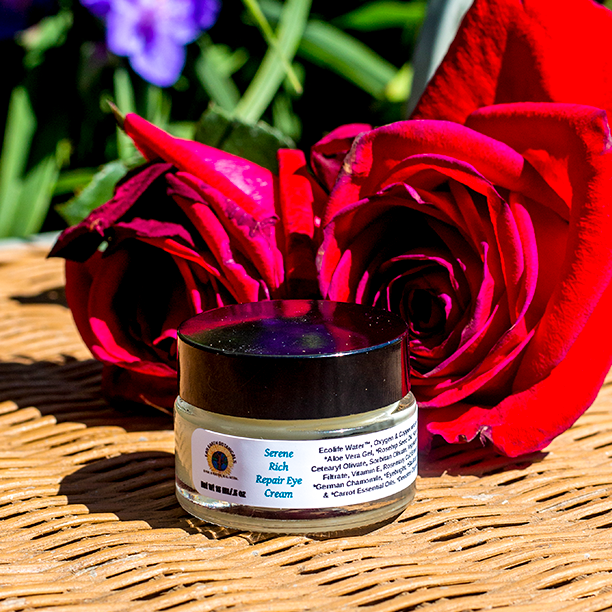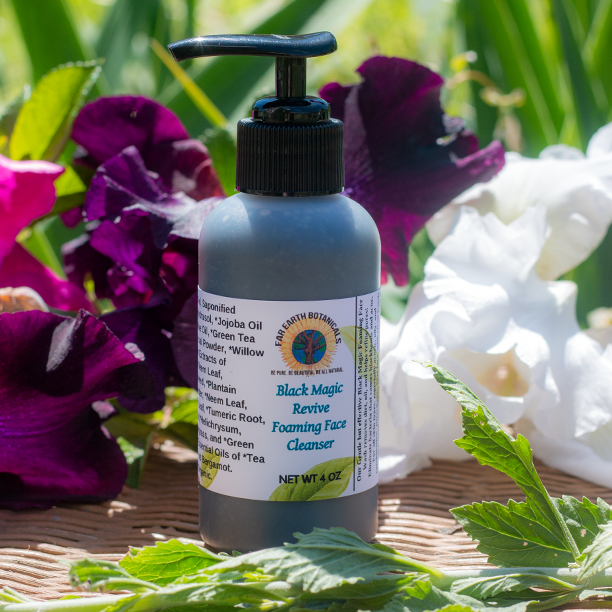AHA vs BHA vs LHA vs PHA: The Difference between Exfoliating Acids in Skincare
There are many products on the market used to exfoliate the skin. This is helpful because the skin’s ability to do so naturally, slows down as we age. AHA and BHA are among the most touted chemical exfoliants, while LHA and PHA are newer on the scene. They help shed the old, dead skin cells to transform skin from dull to pure radiance. However, each of these acids caters to people with particular skin types. We hope that this guide helps you identify which of these ingredients will be most effective for targeting your skin concerns.
AHA
AHA stands for alpha hydroxy acids, which is a group of acids that includes glycolic acid, lactic acid, tartaric acid, citric acid, malic acid, and mandelic acid. It is useful in people with dry, rough skin such as milia and keratosis pilaris, to name a couple. AHA is water soluble and acts on the skin’s surface. It acts as an exfoliator and retains water in the skin. Glycolic, Lactic, Tartaric, Malic, and Citric acid are the most well known AHAs in skincare. Exfoliating with these acids will help address sun damage by evening out the skin and softening fine lines and wrinkles. They exfoliate by triggering skin cells to self-destruct in a process known as apoptosis. Be sure to use sunscreen because exfoliating with AHA acids makes the skin more sensitive to sun.
In 1974, Van Scott and Yu indicated that AHAs could have profound effects on disorders related to keratinization. AHAs can be used to easily peel all types of skin with minimal risk. AHA peels have been popular in dermatological practice for many years. AHAs are usually applied in the form of superficial and medium-depth peels such as those used to treat acne, scars, melasma, hyperpigmentation, roughness, age spots, and oily skin. AHAs can reduce wrinkles by increasing the synthesis of glycosaminoglycans and thickening skin. Because of these factors, AHAs are a widely used and popular treatment. There have been studies that showed that AHAs can prevent ultraviolet (UV)-induced skin tumor development and help increase antioxidant activity.
BHA and LHA
Beta Hydroxy Acids (BHAs), such as salicylic acid, are very similar to AHAs except for difference in their solubility. On the other hand, they are fat soluble in contrast to water solubility of AHAs. This structure allows them to penetrate into the skin through sebaceous follicles, making it appropriate for patients with oily skin, acne, and blackheads. In addition to proven anti-inflammatory effects, BHAs (salicylic acid), the skin irritancy effect has been proven to be less than AHAs. Beta hydroxy acid found in skin-care products works best in a concentration of 1-2%. Clearing out the pores will help reduce the appearance of enlarged pores. In addition, salicylic acid can treat calluses and warts. It exfoliates by loosening the bonds between dead skin cells. Unlike glycolic acid, salicylic acid has been shown to exhibit sun protective abilities.
LHA stands for Lipohydroxy acid and is a derivative of salicylic acid with unique properties that explain its clinical effects in the skin. Lipohydroxy acid has skin renewing, exfoliating, and acne treating properties and is a commonly used ingredient in personal skin care products. They are more fat soluble than BHA and more gentle because they penetrate the skin more slowly. The slow penetration of lipohydroxy acid results in an individual cell-by-cell exfoliation that is associated with excellent tolerability. Lipohydroxy acid has been shown to induce dermal thickening by stimulating glycosaminoglycans (abundant structural components of the extracellular matrix in addition to collagen fibers). Finally, lipohydroxy acid have been demonstrated to inhibit the formation of comedones and blemishes.
PHA
When a new generation of AHAs, called polyhydroxy acids (PHAs), was discovered, it provided similar effects as AHAs but does not cause the sensory irritation responses that can limit the use of classical AHAs. PHAs have been found to be compatible with clinically sensitive skin, including rosacea and atopic dermatitis, and can be used after cosmetic procedures. PHAs provide additional humectant and moisturization properties compared with AHAs and can enhance stratum corneum barrier function, therefore increasing the skin’s resistance to chemical challenge. Most PHAs also possess antioxidant properties. PHAs such as gluconolactone or lactobionic acid may be used in combination with other products, ingredients, or procedures to provide additional benefits to therapy or to enhance the therapeutic effect. Several studies were conducted in support of this, and methods and results are discussed. In summary, PHA containing products were used in combination with retinoic acid in treating adult facial acne and were found to be well tolerated. PHAs plus retinyl acetate (pro-vitamin A) in a cream base exhibited significant antiaging skin benefits such as skin smoothing and plumping. PHAs plus hydroquinone showed excellent improvement in antiaging and skin lightening parameters. Finally, PHA containing products were shown to be compatible with African American, Caucasian, and Hispanic/Asian skin and provided significant improvements in photoaging in these populations compared to AHAs. As a result, they penetrate the skin less and work more slowly. They also retain moisture and gently exfoliate the skin. Thus, PHA can provide visible improvements in sun-damaged skin comparable to AHA. Unlike AHA, PHA does not make the skin more sensitive to sunlight.
Pearl E Grimes 1, Barbara A Green, Richard H Wildnauer, Brenda L Edison Affiliations + expand
- PMID: 15002656
- Van Scott EJ, Yu RJ. Hyperkeratinization, corneocyte cohesion, and alpha hydroxy acids. J Am Acad Dermatol. 1984;11(5 Part 1):867–879. [PubMed] [Google Scholar]
1. Marks R, Leyden JJ. Dermatologic Therapy in Current Practice. Martin Dunitz; 2002. [Google Scholar]2. William JC. Anti-wrinkle products. In: Andre B, Barel PM, Marc P, editors. Handbook of Cosmetic Science and Technology. New York: Marcel Decker; 2001. pp. 543–9. [Google Scholar]3. Green B. After 30 years … the future of hydroxyacids. J Cosmet Dermatol. 2005;4(1):44–5. doi: 10.1111/j.1473-2165.2005.00159.x. [PubMed] [CrossRef] [Google Scholar]4. Leyden JJ. Therapy for acne vulgaris. N Engl J Med. 1997;336(16):1156–62. doi: 10.1056/NEJM199704173361607. [PubMed] [CrossRef] [Google Scholar]
In conclusion, AHA’s are most helpful in people with dry, rough skin, while BHA is most helpful in people with oily skin. People with sensitive skin should gear towards using PHA. AHA, BHA, and PHA can also be mixed for those with combination skin types. Exfoliating with acids should be done at most two times per week, (once or twice per week for those with sensitive skin). Signs of over-exfoliating can include irritation, redness, peeling, and/or sensitivity to other skincare products. Caution should be exercised when using acids around eyes and neck since these are delicate areas. Since retinoids and acids are both exfoliating, these ingredients should not be used simultaneously. Always make sure to apply sunscreen after using any of these acids.
You May Also Like

Crème 9
September 15, 2019
Serene Rich Repair Eye Cream
April 20, 2016
